Updated for iOS 13.4
iOS 13.4 broke the previous solution, so things are gonna get ugly. It looks like in iOS 13.4 this behavior is now controlled by a private method _gestureRecognizer:shouldReceiveEvent: (not to be confused with the new public shouldReceive method added in iOS 13.4).
I found that other posted solutions overriding the delegate, or setting it to nil caused some unexpected behavior.
In my case, when I was on the top of the navigation stack and tried to use the gesture to pop one more, it would fail (as expected), but subsequent attempts to push onto the stack would start to cause weird graphical glitches in the navigation bar. This makes sense, because the delegate is being used to handle more than just whether or not to block the gesture from being recognized when the navigation bar is hidden, and all that other behavior was being thrown out.
From my testing, it appears that gestureRecognizer(_:, shouldReceiveTouch:) is the method that the original delegate is implementing to block the gesture from being recognized when the navigation bar is hidden, not gestureRecognizerShouldBegin(_:). Other solutions that implement gestureRecognizerShouldBegin(_:) in their delegate work because the lack of an implementation of gestureRecognizer(_:, shouldReceiveTouch:) will cause the default behavior of receiving all touches.
@Nathan Perry's solution gets close, but without an implementation of respondsToSelector(_:), the UIKit code that sends messages to the delegate will believe there is no implementation for any of the other delegate methods, and forwardingTargetForSelector(_:) will never get called.
So, we take control of `gestureRecognizer(_:, shouldReceiveTouch:) in the one specific scenario we want to modify the behavior, and otherwise forward everything else to the delegate.
class AlwaysPoppableNavigationController : UINavigationController {
private var alwaysPoppableDelegate: AlwaysPoppableDelegate!
override func viewDidLoad() {
super.viewDidLoad()
self.alwaysPoppableDelegate = AlwaysPoppableDelegate(navigationController: self, originalDelegate: self.interactivePopGestureRecognizer!.delegate!)
self.interactivePopGestureRecognizer!.delegate = self.alwaysPoppableDelegate
}
}
private class AlwaysPoppableDelegate : NSObject, UIGestureRecognizerDelegate {
weak var navigationController: AlwaysPoppableNavigationController?
weak var originalDelegate: UIGestureRecognizerDelegate?
init(navigationController: AlwaysPoppableNavigationController, originalDelegate: UIGestureRecognizerDelegate) {
self.navigationController = navigationController
self.originalDelegate = originalDelegate
}
// For handling iOS before 13.4
@objc func gestureRecognizer(_ gestureRecognizer: UIGestureRecognizer, shouldReceive touch: UITouch) -> Bool {
if let navigationController = navigationController, navigationController.isNavigationBarHidden && navigationController.viewControllers.count > 1 {
return true
}
else if let originalDelegate = originalDelegate {
return originalDelegate.gestureRecognizer!(gestureRecognizer, shouldReceive: touch)
}
else {
return false
}
}
// For handling iOS 13.4+
@objc func _gestureRecognizer(_ gestureRecognizer: UIGestureRecognizer, shouldReceiveEvent event: UIEvent) -> Bool {
if let navigationController = navigationController, navigationController.isNavigationBarHidden && navigationController.viewControllers.count > 1 {
return true
}
else if let originalDelegate = originalDelegate {
let selector = #selector(_gestureRecognizer(_:shouldReceiveEvent:))
if originalDelegate.responds(to: selector) {
let result = originalDelegate.perform(selector, with: gestureRecognizer, with: event)
return result != nil
}
}
return false
}
override func responds(to aSelector: Selector) -> Bool {
if #available(iOS 13.4, *) {
// iOS 13.4+ does not need to override responds(to:) behavior, it only uses forwardingTarget
return originalDelegate?.responds(to: aSelector) ?? false
}
else {
if aSelector == #selector(gestureRecognizer(_:shouldReceive:)) {
return true
}
else {
return originalDelegate?.responds(to: aSelector) ?? false
}
}
}
override func forwardingTarget(for aSelector: Selector) -> Any? {
if #available(iOS 13.4, *), aSelector == #selector(_gestureRecognizer(_:shouldReceiveEvent:)) {
return nil
}
else {
return self.originalDelegate
}
}
}




